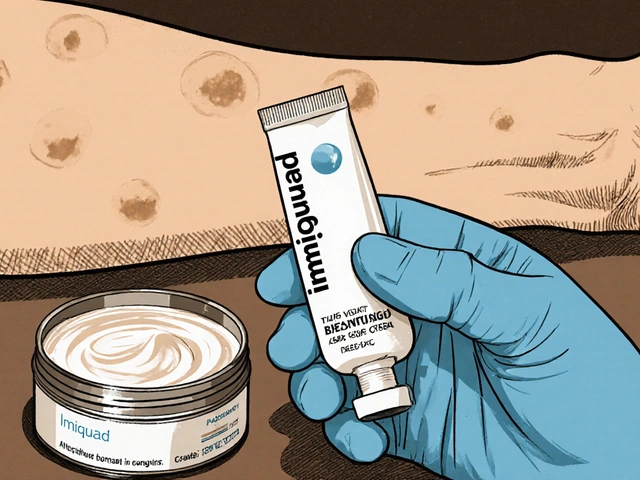Dosing Antifungal Cream: Simple Guide to Safe & Effective Use
Got a fungal infection and a tube of cream? Great, but you still need to know the right way to use it. Wrong dosing can slow healing, waste money, or even cause irritation. Let’s walk through what you need to do, step by step, so the cream works fast and you stay comfortable.
How Often Should You Apply?
Most over‑the‑counter and prescription creams say “apply twice daily.” That usually means once in the morning and once before bed. If your doctor gave you a specific schedule, stick to it. Do not skip a dose hoping the infection will clear on its own—consistent timing keeps the medicine level steady on the skin.
When you start treatment, you might feel a little burning or itching. That’s normal for the first day or two. If it gets worse after a week, call your pharmacist or doctor. They might suggest a different cream or a short‑term oral option.
Tips for Better Absorption
Before you put the cream on, wash the affected area with mild soap and water. Dry it gently with a clean towel—don’t rub because that can damage the skin. Applying the cream to clean, dry skin helps it get through the outer layer more easily.
Use just enough cream to cover the rash with a thin layer. A pea‑sized amount for a small spot, or a fingertip‑unit for a larger area, is usually enough. Rubbing it in lightly for 30 seconds spreads the medication evenly.
After you apply, let the area air‑dry for a few minutes before you dress it or put on tight clothing. This prevents the cream from rubbing off and keeps the medication in contact with the skin longer.
If you’re using a cream on the feet, especially between toes, slip on breathable socks after it dries. This reduces moisture, which fungi love.
Don’t use other skin products—like moisturizers, powders, or anti‑itch sprays—on the same spot unless your doctor says it’s okay. They can dilute the antifungal or cause a reaction.
Most creams need a full treatment course, often two weeks, even if the rash looks better after a few days. Stopping early can let the fungus come back.
Finally, keep track of your progress. Take a quick photo every few days so you can see the improvement. If you see no change after the full course, or the infection spreads, book an appointment. Sometimes the fungus is resistant and needs a stronger prescription.
With the right dosing, proper cleaning, and a bit of patience, most common skin fungi clear up quickly. Keep this guide handy next time you reach for that tube, and you’ll be on the road to healthy skin in no time.
Choosing the Right Antifungal Cream for Toddler Skin: Tips, Safety, and Facts
Wondering which antifungal is safest for your toddler? Find out which formulations work, how to avoid fragrances, and dosing tips to keep little skin healthy.





